K+2P versus K+P - Protected passed pawn - Part II
Observation: A kingside invasion mechanism is always possible with a blocked black pawn on the fifth rank and an inward protected passed pawn.
An inward protected passed pawn points to the center while an outward protected passed pawn points to the edge of the board.
For the center file pawns: d-file
upper part: inward protected passed pawn
lower part: outward protected passed pawn

For the center file pawns: e-file
upper configuration: outward protected passed pawn
lower configuration: inward protected passed pawn
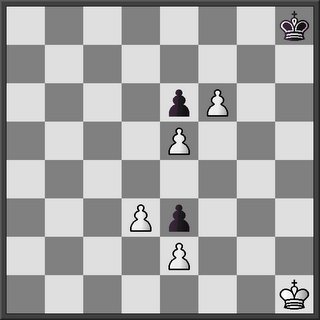
For the KP, BP, NP (e,f, g-file) a kingside invasion mechanism is on correct play on the part of black not possible.
Let us consider the KP first.
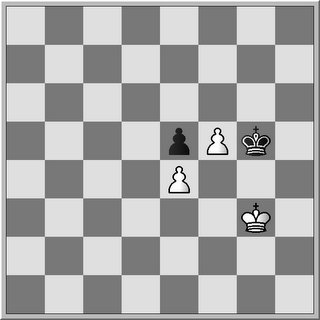
It is impossible to have a kingside outflanking. In the words of Grigoriev
Again the Q-side outflanking mechanism is applicable. The critical square b5 falls out of the square of the passed pawn.
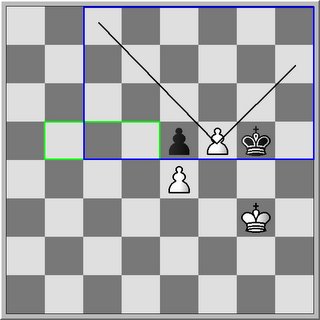
As black cannot counter-attack against white's blocked pawn he is doomed to try to prevent the Q-side invasion. If he does the passed pawn will promote.Below you can find a possible path to victory. There are others.
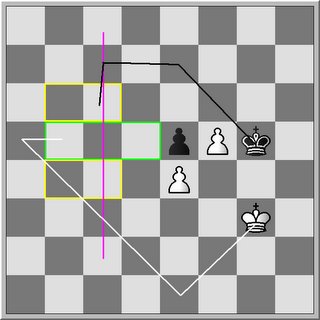
Notice that black if he wants to have a succesful defense he has to have access to both yellow squares.
The Q-side invasion mechanism is applicable for the d-pawn to the g-pawn. This means that when you have a blocked d-pawn with an inward protected pawn both mechanism are applicable.
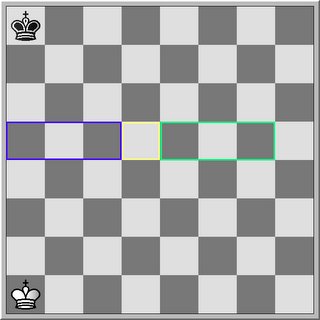
For a blocked pawn configuration on the 5th rank (black) with the protected passed pawn crossed the mid-half and to the right, we have
in blue: only Kingside invasion is possible
In green: only Q-side invasion is possible
In yellow: Q-side & K-side outflanking are possible
Summary for a black pawn on the 7th, 6th or 5th rank
In orange we have the draw possibilities if black king stands optimal.
With the protected passed pawn in one direction (right) we get the following diagram

This gives us 21 positions. By including the symmetrical positions with the passed pawn to the left, we obtain the following conclusion:

The orange squares shows you the draw squares the rest should be winning no matter where the white king stands. So this concludes the more obvious positions.
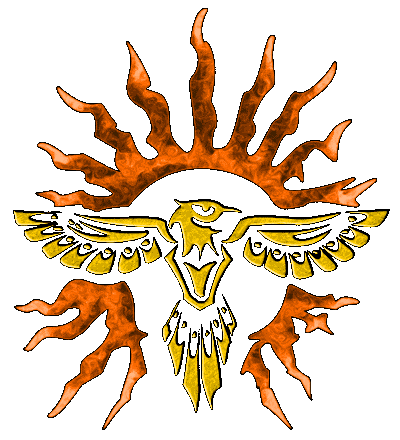

0 Comments:
Post a Comment
<< Home